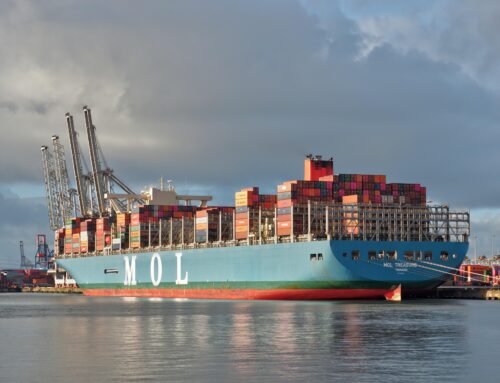There have been a number of market-moving events beginning this summer. The U.S. trade war with China continues to drag on, and investors have become worried it may tip the global economy into recession. It could go unabated, or it could be resolved more quickly than people think. The reality is that nobody knows, so trying to predict the outcome of this global event is fraught with peril. What we do know is everything will eventually flow down through price, and we can act accordingly when that happens because price is everything when it comes to investing.
The global recession fears exacerbated by the trade war have caused a number of interesting things to happen in the bond market. Near the end of August, the 30-Year US Treasury Bond closed at an all-time low under 2.0%. That is a surprisingly low yield considering U.S. large cap stocks were hovering near all-time highs during that time. The big drop in yields also caused a rarely-seen event with stocks. According to Bloomberg data, the yield on the S&P 500 was higher than the 30-Year Treasury for the first time since the Global Financial Crisis back in 2009. Take a minute and think about that. At that time, you could get paid more to hold a basket of stocks of market-leading companies that had the chance to increase their dividends and create capital gains over the next 30 years. However, if you bought the 30-Year Treasury bond you simply received a comparatively-low fixed interest payment and your original principal back (which isn’t worth what it was because of inflation). Would you rather own the basket of S&P 500 stocks or receive a less than 2% interest payment for the next 30 years? That is just an indication that stocks are cheap relative to long-term bonds.
We also saw a major short-term laggard rally at the beginning of September when the laggards dramatically outperformed the leaders. Those kinds of events are particularly hard on our strategies because we are generally only invested in the leadership. It caused quite a bit of underperformance for us in September and into October. The good news is that the leadership has started to perform better after that episode, and we have seen a recovery in the momentum spreads. We aren’t yet back to the old highs (meaning the laggard rally hasn’t totally reversed itself), but it is a good sign that the spreads began to recover very quickly.
As a result, our equity-invested client portfolio accounts suffered a bit during this pullback for high-growth stocks, many of which we have owned or still own, such as Zscaler, Okta, Crowdstrike, Shopify, Amazon, and Universal Display Corp. Some of these cloud security and software as a service (SaaS) stocks have corrected into the double digits while large cap value stocks have moved into play positively. This caused a 6%-7% drop from our earlier 2019 highs. However, we have still managed to produce a positive double-digit return for most fully-invested clients year-to-date. We continue to monitor these holdings daily while diversifying into other large cap growth and value stocks, along with real estate and gold.
As we head in to the final few months of the year, we are expecting more uncertainty around the global economy. That usually leads to increased volatility. We remain committed to our process that is designed to cut through the short-term noise and focus on intermediate trends. Regardless of the environment, we are confident our relative strength methodology will allow our portfolios to adapt to changing markets and find new, emerging leadership.






